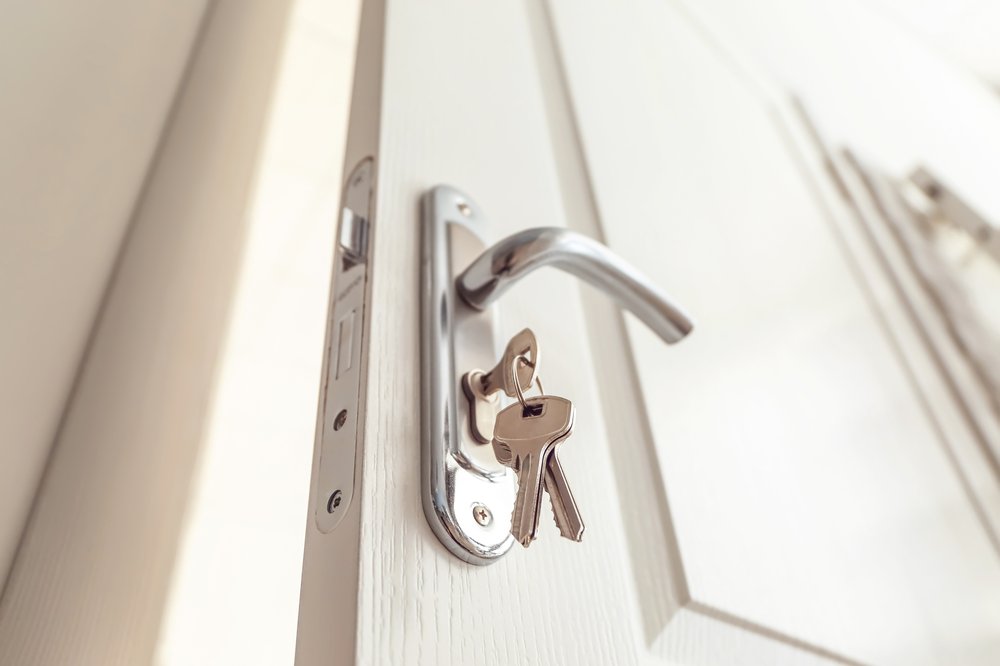NJ’s landmark affordable housing law helped at least 50,000 residents since 2015, report says
April 26, 2023, 1:04 p.m.
The Fair Share Housing Center says municipalities produced 21,000 affordable units since 2015.

Affordable housing development in New Jersey has reached a historic high, a new report by the Fair Share Housing Center finds — crediting the surge to a reinvigorated enforcement of a nearly 50-year-old series of landmark court rulings.
The boom in multifamily units has created homes for more than 50,000 residents since 2015 and comes after lower courts began overseeing implementation of the Mount Laurel doctrine, first established in a 1975 state Supreme Court case requiring towns to provide low- and moderate-income housing, the nonprofit found.
“This is not actually the full universe of the impact resulting from Mount Laurel. This is really things that we can track from building permits and state financing, which is basically new affordable housing,” Adam Gordon, executive director of the Fair Share Housing Center, said during a press conference on Wednesday morning.
He said existing structures that were converted into affordable units or extensions of affordable housing deeds are much harder to track.
“What we're presenting here in terms of its actual impacts on families and actual impacts on the affordable housing stock is probably a significant undercount,” he added.
The Mount Laurel doctrine mandates that municipalities provide their “fair share” of affordable housing through new construction and rehabilitation of substandard homes. An administrative agency called the Council on Affordable Housing, or COAH, was tasked with calculating each municipality’s obligation and reviewing towns’ plans to meet those numbers.
But then-Gov. Chris Christie blocked COAH from doing its job by suspending agency operations and failing to convene meetings — eventually enforcement of affordable housing requirements stopped, the report said. In 2015, Fair Share Housing went to court and the Supreme Court relegated oversight of the Mount Laurel obligations to 15 district court judges.
Since then, more than 340 towns have settled their fair share housing obligations – which determine how much affordable housing they must provide through 2025 – in court and started developing projects. Fair Share Housing said even when the COAH was at its height, it only managed to approve plans for 121 towns in six years.
Several municipalities have sued the Murphy administration for not appointing members to the COAH and reconstituting the agency, arguing it would protect them from “runaway development” while continuing to provide for affordable housing, NorthJersey.com reported last year.
The Fair Share Housing report says more than 21,700 deed-restricted affordable housing units are under construction or have been built since 2015, which is nearly twice the rate of construction of affordable housing from 1980 to before 2015. Two-thirds of the homes are for families with children and more than half of all developments associated with Mount Laurel are in municipalities with median household incomes over $100,000. And of all new multifamily developments, 81% — or 668 — are under development due to Mount Laurel.
“The vast majority of both the affordable development and just the overall increase in multifamily housing stock is coming from towns’ fair housing obligations,” Gordon said.
Still, while affordable housing construction is increasing, advocates say it’s far from enough. A 2021 estimate by the National Low Income Housing Coalition says New Jersey needs more than 224,000 units for extremely low-income families, and housing advocates say that’s compounded by a national housing shortage.
“For every 100 households that are within that income bracket that are looking for housing, there are only 33 units that are available to them. So there's a lot that we still must do in this space,” said Taiisa Kelly, CEO of Monarch Housing Associates, a nonprofit focused on expanding access to affordable housing.
Cherry Hill built 29 new affordable homes and received 9,309 applications for them, the report said.
“While New Jersey has produced significantly more affordable homes and total homes than in neighboring states without protections like Mount Laurel, further measures to create even more zoning for inclusionary multifamily housing and funding for new affordable homes are still very much needed,” the Fair Share Housing report says.
The analysis looked at building permits from the New Jersey Department of Community Affairs for construction and development. Projects that don’t need permits or have not yet received them were not counted.
The report also highlighted affordable housing projects such as a redeveloped mall in Moorestown in Burlington County that will provide 213 affordable rental homes later this year. Edison, in Middlesex County, also opened a 100% affordable housing development in a former U.S. Army base, offering 172 homes to veterans, formerly homeless veterans or homeless families.
In New Jersey affordable housing obligations are in timed “rounds.” A fourth round of requirements for municipalities begins in 2025 and runs through 2035, and housing advocates say it’s critical to continue to build on the progress already made.
“Families that live in affordable developments in their towns have seen increases in wages, better physical and mental health outcomes and increased college attendance,” said Crystal Charley, a member of the Fair Share Housing Board. “We've seen that affordable housing in vibrant communities with strong schools and employment opportunities address so many other problems at their very roots.”